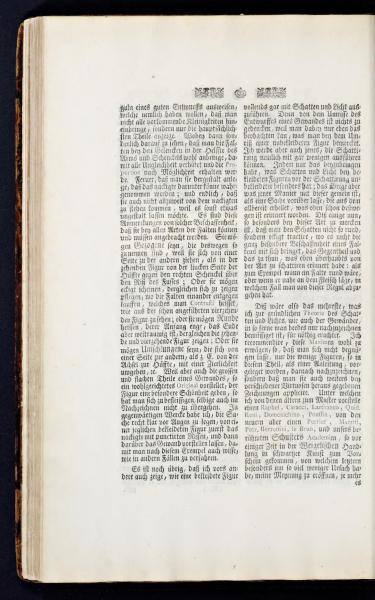The essence of a good drawing is to show what is most essential without including every small detail, focusing instead on the main parts. It's important to ensure that you position the columns correctly at the joints of the arms and knees, preventing any imbalance and maintaining proportions as much as possible. Additionally, ensure that you follow the written plan closely, as the next thing to be done can be easily executed; it should also not deviate too far from the immediate drawing, to avoid an awkward appearance. These points apply to all types of figures and must be adhered to.
It is beneficial to compare two parts against each other, like what is shown in the sixth figure, where a part on the left side of the hip is compared to the right thigh above the back of the chair. This practice helps avoid errors which may arise from solely focusing on one aspect.
When drawing, it is sometimes recommended to enhance certain areas of a garment to give the figure a special beauty. Therefore, one must be wholehearted in adding such details in drawings. I have clearly explained using a popular English figure, how with a lightly printed background, you can show the garment accordingly, allowing it to be an example as in other cases.
A complete representation involves shading and lighting, which should follow the main outline carefully. Nothing changes from the composition of a painting; rather one notes what is remarked at the boundaries of a more natural figure. This also affects how one understands the shading and highlights, like finishing touches that might be needed, as when polishing a precious stone.
This may align with the modern theory of form and drawing, often deriving from its formality the sympathy seen in certain prominent figures. It is explicit that the primitive manner should be maintained as one recognizes their form gradually through teaching lessons that accomplish the themes. Embrace these habits by looking at the works of Raphael, Annibal Caracci, Lanfranco, or sketch another kind of sculpture or painting from these ancient masters.
The text discusses the principles of effective drawing, emphasizing the importance of focusing on essential features and maintaining proper proportions, particularly at joints. It stresses the significance of adding shading and details to enhance the beauty of a figure, recommending a comparison technique to prevent errors. The text also highlights the influence of renowned artists like Raphael and Annibal Caracci, who serve as examples of excellent form and art.
